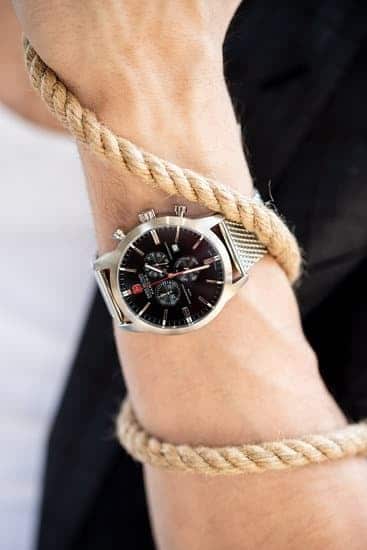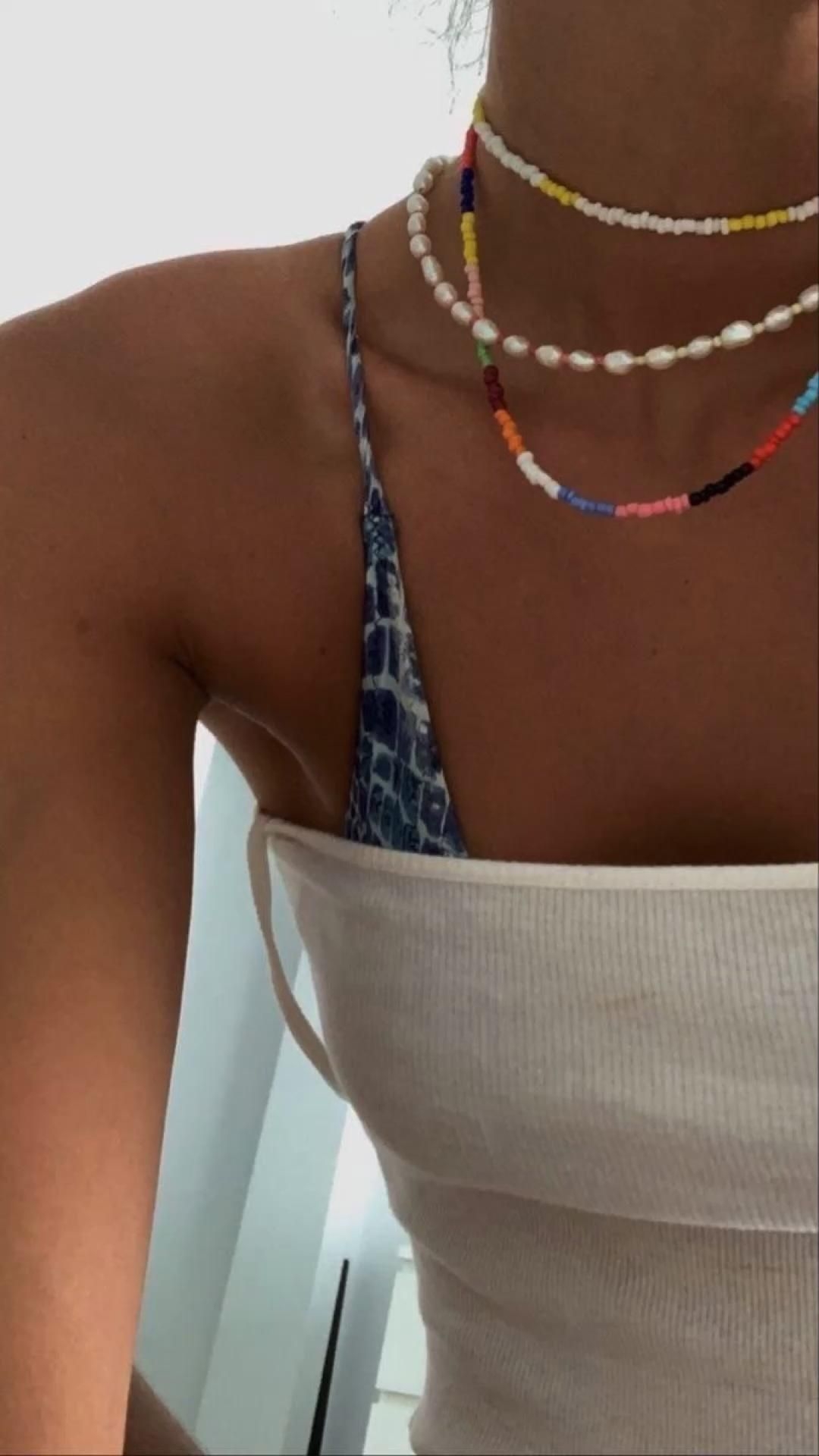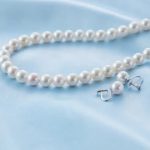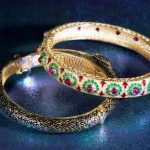Beads and jewelry have been intertwined throughout history, playing a significant role in cultural traditions and self-expression. From ancient civilizations to modern fashion trends, beads have adorned pieces of jewelry with their unique aesthetic appeal and symbolic meanings. The history and cultural significance of beads in jewelry is a fascinating subject that sheds light on the rich tapestry of human creativity and storytelling.
For centuries, beads have been used by various cultures around the world as a form of personal adornment, communication, and ritualistic practice. From the intricate beadwork of Native American tribes to the symbolic use of beads in African tribal ceremonies, these small decorative objects hold deep cultural meanings and traditions. Understanding the historical context behind beads in jewelry allows us to appreciate the craftsmanship and artistry that goes into creating these pieces.
In today’s modern era, the use of beads in jewelry making has evolved to incorporate contemporary designs and techniques while still paying homage to traditional methods. With a wide variety of bead materials available, such as glass, gemstones, pearls, and metals, jewelry artisans can create stunning pieces that reflect individual style preferences and personal stories. Exploring the diverse types of beads used in jewelry making allows for endless possibilities in design creativity and self-expression.
Understanding Different Types of Beads Used in Jewelry Making
When it comes to creating unique and stunning pieces of jewelry, the type of beads used plays a crucial role in determining the overall look and feel of the design. Beads come in various shapes, sizes, colors, and materials, each offering its own distinct characteristics. Understanding the different types of beads used in jewelry making can help jewelry artists make informed decisions when selecting materials for their designs.
Types of Beads
One of the most common types of beads used in jewelry making is glass beads. These beads come in a wide range of colors and finishes, making them versatile for creating both classic and contemporary designs. Another popular choice is gemstone beads, which add a touch of elegance and natural beauty to any piece. Metal beads are also widely used for their durability and ability to add texture and shine to jewelry creations.
Materials Used
In addition to glass, gemstone, and metal beads, there are many other materials that can be used in jewelry making. Ceramic beads offer a unique aesthetic with their handcrafted look and feel. Wood beads provide a more organic and earthy vibe to jewelry designs. Plastic beads are affordable options that come in a variety of shapes and colors. Seed beads are tiny glass or metal beads that are often used for intricate bead weaving projects.
Choosing the Right Beads
When selecting beads for a jewelry project, it’s important to consider factors such as color scheme, design style, budget, and intended use of the piece. Mixing different types of beads can create visual interest and depth in a design.
Experimenting with various bead sizes and shapes can also lead to innovative jewelry creations that stand out from the crowd. Ultimately, choosing the right beads is essential for creating beautiful and unique pieces of jewelry that reflect your personal style and creativity.
Techniques for Creating Stunning Beaded Jewelry Pieces
Beads have been an integral part of jewelry making for centuries, with a rich history and cultural significance that dates back to ancient civilizations. From the intricate beadwork of Native American tribes to the ornate bead embroidery of African cultures, beads have always played a prominent role in adorning people and conveying messages of status, power, and identity through jewelry.
Today, beads continue to hold a special place in the world of fashion and accessories, adding a unique touch to modern designs.
When it comes to creating stunning beaded jewelry pieces, there are countless techniques that artisanal craftsmen and hobbyists alike can explore. One popular method is bead weaving, which involves meticulously stitching together individual beads using a needle and thread to create intricate patterns and designs.
Another technique is bead stringing, where beads are simply strung onto a cord or wire to form necklaces, bracelets, and other types of jewelry. Bead embroidery is also a favorite among artists, allowing for limitless creativity by sewing beads onto fabric or other materials.
The key to creating truly unique and beautiful beaded jewelry lies in experimenting with different techniques and materials. Mixing various types of beads such as glass, crystal, metal, wood, or plastic can add texture and visual interest to your creations.
Combining different colors, shapes, sizes, and finishes of beads can also help you achieve the perfect look for your design. Whether you prefer classical elegance or bohemian flair, there are endless possibilities when it comes to incorporating beads into your jewelry pieces.
Exploring the Color Psychology of Beads in Jewelry Design
Color plays a crucial role in the design and appeal of jewelry, particularly when it comes to beads. The colors chosen for a piece can evoke certain emotions, set moods, and even communicate messages. Understanding the psychology behind different colors can help jewelry designers create pieces that speak to their audience on a deeper level.
Warm vs. Cool Tones
Warm tones such as reds, oranges, and yellows are often associated with energy, passion, and warmth. They can add a vibrant and bold touch to jewelry pieces, making them stand out. On the other hand, cool tones like blues, greens, and purples evoke feelings of calmness, tranquility, and serenity. These colors are perfect for creating elegant and soothing jewelry designs.
Symbolism of Colors
In addition to evoking emotions, different colors also have symbolic meanings across various cultures. For example, red is often associated with love and passion while green symbolizes growth and harmony. By incorporating these symbolic meanings into bead jewelry designs, artists can infuse their creations with layers of meaning that resonate with wearers on a personal level.
Color Combinations
Another important aspect of color psychology in bead jewelry design is understanding how different colors interact with each other. Complementary colors like blue and orange create a striking contrast that draws attention, while analogous colors like blue and green blend harmoniously for a more subtle effect. By playing with color combinations in their designs, jewelry makers can create pieces that are visually captivating and emotionally impactful.
The Role of Beads in Traditional and Modern Jewelry Trends
Beads have played a significant role in traditional and modern jewelry trends, adding a touch of elegance and creativity to various pieces. In traditional jewelry designs, beads were often used to symbolize cultural beliefs, social status, or religious significance. For example, in ancient Egypt, beads were commonly used in elaborate burial jewelry to accompany the deceased into the afterlife. Similarly, Native American tribes incorporated beads into their jewelry as a way to honor nature and express spiritual connection.
In modern jewelry trends, beads continue to be a popular choice for designers and enthusiasts alike. From minimalist beaded bracelets to elaborate statement necklaces, beads offer endless possibilities for creating unique and eye-catching pieces. With advancements in technology and manufacturing processes, there is now a wide range of bead materials available on the market, catering to every style preference and budget.
When it comes to incorporating beads into modern jewelry trends, mixing different bead shapes, sizes, colors, and textures can create visually stunning pieces that stand out. Whether you prefer bold statement pieces or delicate everyday wearables, experimenting with bead combinations can help you express your personal style and make a fashion statement. Additionally, choosing high-quality beads from reputable suppliers ensures that your jewelry will not only look beautiful but also withstand the test of time.
Tips for Caring and Maintaining Beaded Jewelry
When it comes to caring for and maintaining your beaded jewelry, it is essential to follow proper steps to ensure their longevity and beauty. Beads are delicate items that can easily get damaged or tarnished if not handled correctly. Here are some tips to help you keep your beaded jewelry in pristine condition:
- Store your beaded jewelry in a cool, dry place away from direct sunlight. This will prevent the beads from fading or getting discolored over time.
- Avoid exposing your beaded jewelry to harsh chemicals such as perfumes, lotions, and hairsprays. These chemicals can damage the beads and cause them to lose their luster.
- Clean your beaded jewelry regularly with a soft cloth or a gentle jewelry cleaning solution. This will help remove any dirt or oils that may have accumulated on the beads.
In addition to these general tips, there are also specific care instructions depending on the type of beads used in your jewelry pieces. For example, if you have beadwork made from gemstones like pearls or opals, they require extra care and attention:
- Avoid exposing gemstone beads to water or humidity as it can affect their shine and color.
- Store gemstone bead jewelry separately from other types of beads to prevent scratching or chipping.
- Regularly inspect gemstone bead jewelry for loose beads or clasps that may need repair to avoid further damage.
By following these tips for caring and maintaining your beaded jewelry, you can enjoy wearing them for years to come while preserving their beauty and value. Remember that each piece of beaded jewelry is unique and requires special attention to ensure its longevity and charm.
How to Incorporate Beads Into Your Personal Style
Beads have been a staple in jewelry-making for centuries, adding a touch of elegance and individuality to the pieces they adorn. When it comes to incorporating beads into your personal style, there are countless ways to make a statement with these versatile components. Whether you prefer bold and chunky bead necklaces or delicate beaded earrings, there is a style that can complement your unique personality and taste.
One way to incorporate beads into your personal style is by mixing and matching different types of beads to create a dynamic look. For example, you can combine colorful glass beads with metallic accents for a fun and eclectic vibe, or opt for more subdued natural stones for a bohemian feel. Experimenting with various textures, shapes, and sizes of beads can add depth and visual interest to your jewelry pieces.
Furthermore, consider the color psychology of beads when incorporating them into your personal style. Different colors can evoke specific emotions and energies, so choose beads that resonate with you on a deeper level. For instance, blue beads are associated with calmness and serenity, while red beads symbolize passion and vitality. By selecting the right colors for your beaded jewelry pieces, you can enhance not only your outfit but also your mood and overall energy.
| Bead Styles | Description |
|---|---|
| Glass Beads | Colorful and versatile; perfect for adding pops of color to any jewelry piece. |
| Natural Stone Beads | Bohemian chic; ideal for achieving an earthy and grounded look. |
| Metallic Beads | Adds a touch of glamour and sophistication to any beaded jewelry design. |
Spotlight on Unique Bead and Jewelry Artists and Their Creations
Beads have been an essential part of jewelry making for centuries, with each bead holding its own historical and cultural significance. Unique bead and jewelry artists around the world have taken this age-old tradition and transformed it into modern works of art. These artisans not only showcase their creativity through their intricate designs but also pay homage to the rich history of beads in jewelry.
One such artist is Jane Doe, whose avant-garde creations push the boundaries of traditional beadwork. Her use of unconventional materials mixed with traditional beading techniques creates a juxtaposition that is both captivating and thought-provoking. Each piece tells a story, with every bead carefully chosen to convey a specific emotion or narrative. Jane Doe’s work exemplifies how beads can be more than just decorative elements in jewelry; they can be powerful symbols of personal expression.
Another artist making waves in the world of bead and jewelry design is John Smith, known for his innovative approach to incorporating beads into his creations. John seamlessly blends different types of beads, from glass seed beads to semi-precious stones, to create stunning pieces that are both visually striking and deeply meaningful.
His attention to detail and craftsmanship have garnered him recognition as a master artisan in the world of beadwork. Through his work, John highlights the versatility and beauty of beads in jewelry design, proving that these tiny objects hold immense potential for artistic expression.
Exploring the Meaning Behind Different Bead Shapes and Materials
Beads have played a significant role in jewelry making throughout history, carrying cultural and symbolic meanings. Different types of beads, whether they are made of precious stones, metals, glass, or wood, hold diverse significance across various cultures. Understanding the history and cultural significance of beads in jewelry can provide a deeper appreciation for the art of beadwork.
When creating beaded jewelry pieces, artists carefully consider the meaning behind different bead shapes and materials. The choice of beads can convey specific messages or emotions, adding personal touch and significance to each piece. Whether it’s a bracelet representing protection and strength through the use of hematite beads or a necklace symbolizing love with heart-shaped gemstones, the meaning behind bead shapes and materials adds layers of depth to the jewelry design.
Incorporating beads into your personal style allows you to express yourself creatively while embracing tradition and symbolism. By understanding the meanings behind different bead shapes and materials, you can choose pieces that resonate with your beliefs or intentions. Whether you prefer bold statement pieces with vibrant colors or subtle designs with delicate beads, incorporating beads and jewelry into your personal style is a way to celebrate artistry and self-expression.
Frequently Asked Questions
What Are the Three Types of Beads?
Beads come in various types, including seed beads, which are small and often used for intricate designs. Then there are crystal beads, which add sparkle and elegance to jewelry pieces. Finally, there are gemstone beads, made from natural minerals and stones, adding color and texture to creations.
What Is the Most Popular Beads?
Among the various types of beads available, seed beads are considered one of the most popular choices among jewelry makers. Their versatility in size, shape, and color make them a staple in creating intricate beadwork designs such as bead weaving, embroidery, and more.
Do Beads Count as Jewelry?
Beads absolutely count as jewelry components. Whether they are being strung together to create necklaces or bracelets or being woven into ornate patterns on a loom, beads play an essential role in jewelry making. They contribute to the overall design, color scheme, and style of a piece of jewelry.

Welcome to my jewelry blog! My name is Sarah and I am the owner of this blog.
I love making jewelry and sharing my creations with others.
So whether you’re someone who loves wearing jewelry yourself or simply enjoys learning about it, be sure to check out my blog for insightful posts on everything related to this exciting topic!





